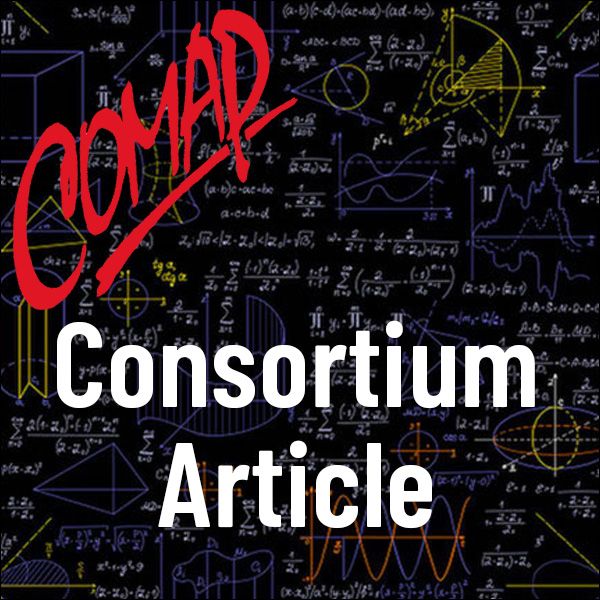Euclid’s Pyramid: A Colorful Construction
Author: Jon Choate
Several of my past columns have focused on how one can construct many of the regular and semi‑regular polyhedra using modern 3D geometric tools like those found in GeoGebra Graphics 3D. I’m working on a book that shows how to construct all the Platonic, Archimedean, and Catalan Solids using Alicia Boole Stott’s expansion and contraction methods that I talked about in my Geometer’s Corner in Consortium 121: Alicia Boole Stott, The Duchess of Archimedia. As I work on the book, I have become increasingly curious about how the Platonic Solids were constructed in Euclid’s Elements when none of the modern 3D geometric tools including Cartesian coordinate systems had been developed. Several mathematical historians have pointed out that the first 12 Books of the Elements were just setting the stage for Book 13 on the regular polyhedra, so his construction of the five Platonic Solids is done using only the Theorems and Lemmas introduced earlier in the Elements. It should also be pointed out that the Pythagoreans developed much of the material in the first 12 books of the Elements, and that Theaetetus developed some of the results in Book 13.
In this column I will use GeoGebra Graphics 3D to take you through how Euclid in Book XIII Proposition 13 envisaged constructing an equilateral pyramid enclosed in a sphere. We now know his pyramid as a Tetrahedron. I will quote Euclid’s Proposition XIII.13, which I found on David Joyce’s wonderful Euclid’s Elements website, mathcs.clarku.edu › ~djoyce › java and then create diagrams using different colors for each new element constructed.

Mathematics Topics:
Application Areas:
You must have a Full Membership to download this resource.
If you're already a member, login here.